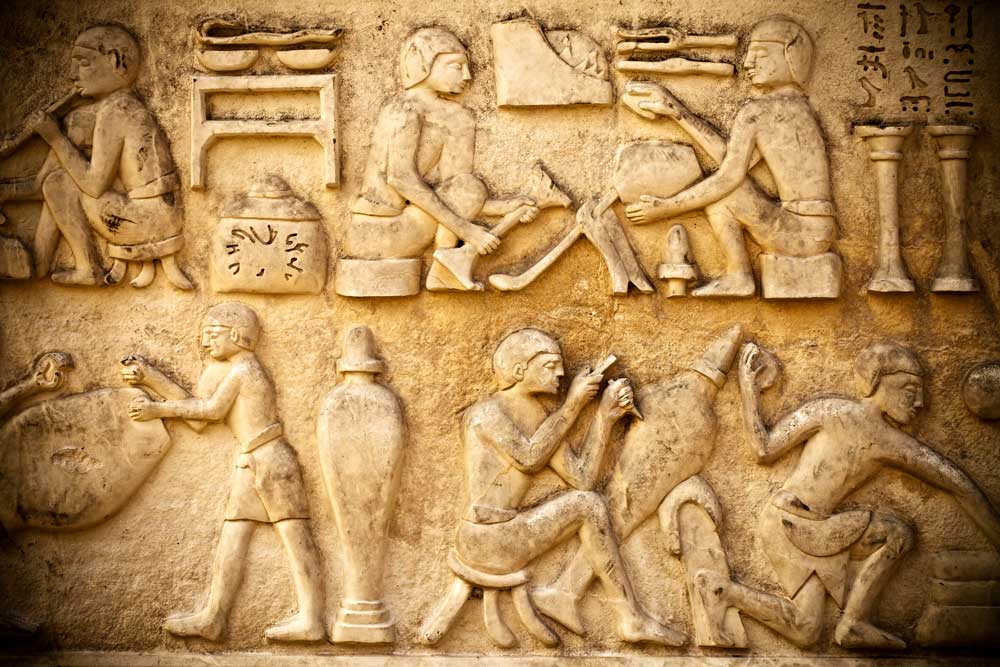Introduction
This essay explores the reasons put forward by John Pampallis for the collapse of apartheid in South Africa, a system of institutionalised racial segregation and discrimination enforced from 1948 until the early 1990s. Pampallis, a noted historian and educator, has highlighted a combination of internal and external factors that contributed to this transformative change in South African society. The purpose of this essay is to examine these reasons—namely, internal resistance, economic pressures, and international sanctions—and assess how they collectively eroded the apartheid regime. By analysing these elements, this piece aims to provide a sound understanding of the historical dynamics at play, drawing on Pampallis’ perspectives while considering their broader implications. The discussion will also reflect on the limitations of these factors in isolation, offering a balanced evaluation of their combined impact.
Internal Resistance and Mass Mobilisation
One of Pampallis’ primary arguments centres on the role of internal resistance in undermining apartheid. The African National Congress (ANC), alongside other liberation movements like the Pan Africanist Congress (PAC), orchestrated widespread opposition through protests, strikes, and armed struggle. Pampallis notes that the 1976 Soweto Uprising, where students protested against the imposition of Afrikaans as a medium of instruction, marked a turning point by galvanising youth resistance and exposing the regime’s brutality to the world (Pampallis, 1991). This event, among others, fueled a broader culture of defiance, with townships becoming centres of unrest. Furthermore, the United Democratic Front (UDF), formed in 1983, coordinated grassroots activism, making governance increasingly untenable for the National Party. While Pampallis acknowledges the courage of these movements, a critical perspective suggests that internal resistance alone could not dismantle apartheid without complementary pressures, as the state’s military power remained formidable until the late 1980s.
Economic Pressures and Structural Challenges
Another key reason highlighted by Pampallis is the economic strain that plagued South Africa during apartheid’s later years. The regime’s policies, including the forced relocation of black South Africans to impoverished homelands, resulted in labour inefficiencies and widespread poverty, stunting economic growth. Pampallis argues that by the 1980s, South Africa faced stagflation—a combination of stagnant growth and high inflation—partly due to the unsustainability of maintaining a segregated economy (Pampallis, 1991). Moreover, internal strikes, often led by trade unions like the Congress of South African Trade Unions (COSATU), disrupted key industries such as mining. This economic fragility, though significant, must be viewed alongside other factors; indeed, the apartheid government might have persisted had external forces not compounded these internal woes.
International Sanctions and Global Isolation
Pampallis also emphasises the critical role of international pressure in hastening apartheid’s demise. Global condemnation, expressed through United Nations resolutions and sanctions, isolated South Africa diplomatically and economically. The 1986 Comprehensive Anti-Apartheid Act in the United States, for instance, banned new investments and loans, severely impacting an already struggling economy (Lodge, 2006). Pampallis contends that such measures, alongside cultural and sporting boycotts, undermined the regime’s legitimacy and pressured white business elites to seek reform (Pampallis, 1991). However, it is worth noting that sanctions were inconsistently enforced by some nations, suggesting their impact, while substantial, was not universally decisive. Generally, this external dimension, when combined with internal struggles, created a multi-front assault on apartheid’s foundations.
Conclusion
In summary, John Pampallis identifies a triad of forces—internal resistance, economic pressures, and international sanctions—as central to the end of apartheid. Each factor played a distinct yet interconnected role: mass mobilisation exposed the regime’s brutality, economic challenges eroded its sustainability, and global isolation stripped away its legitimacy. This essay has demonstrated that while no single reason was sufficient on its own, their collective weight proved overwhelming by the early 1990s, culminating in the negotiated transition to democracy in 1994. The implications of Pampallis’ analysis extend beyond historical understanding, highlighting the importance of multi-dimensional strategies in challenging oppressive systems. Arguably, this case also underscores the limitations of isolated efforts, prompting further reflection on how solidarity across borders can shape political change.
References
- Lodge, T. (2006) Mandela: A Critical Life. Oxford University Press.
- Pampallis, J. (1991) Foundations of the New South Africa. Zed Books.


